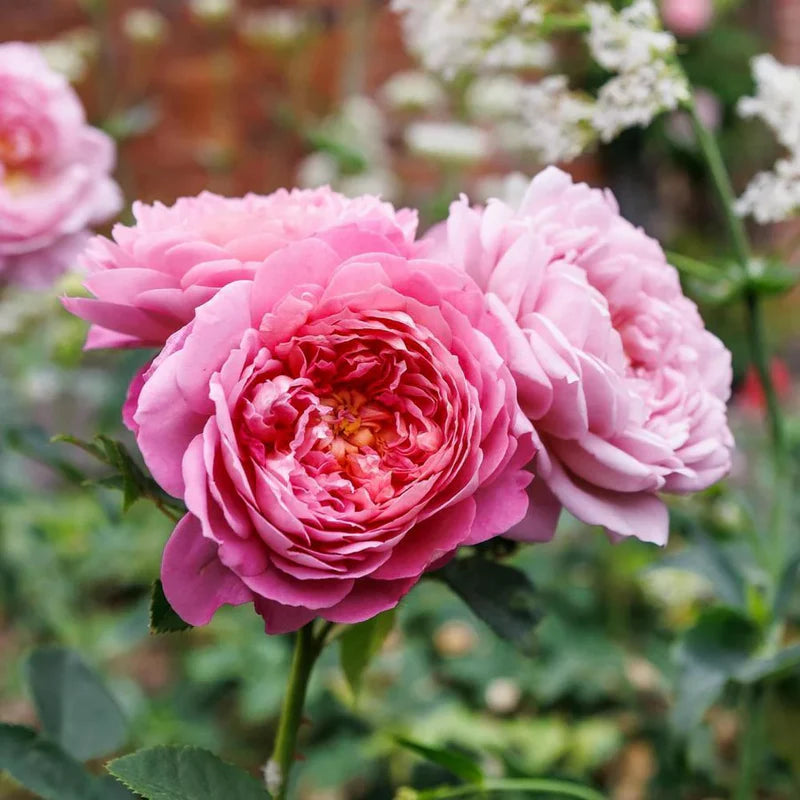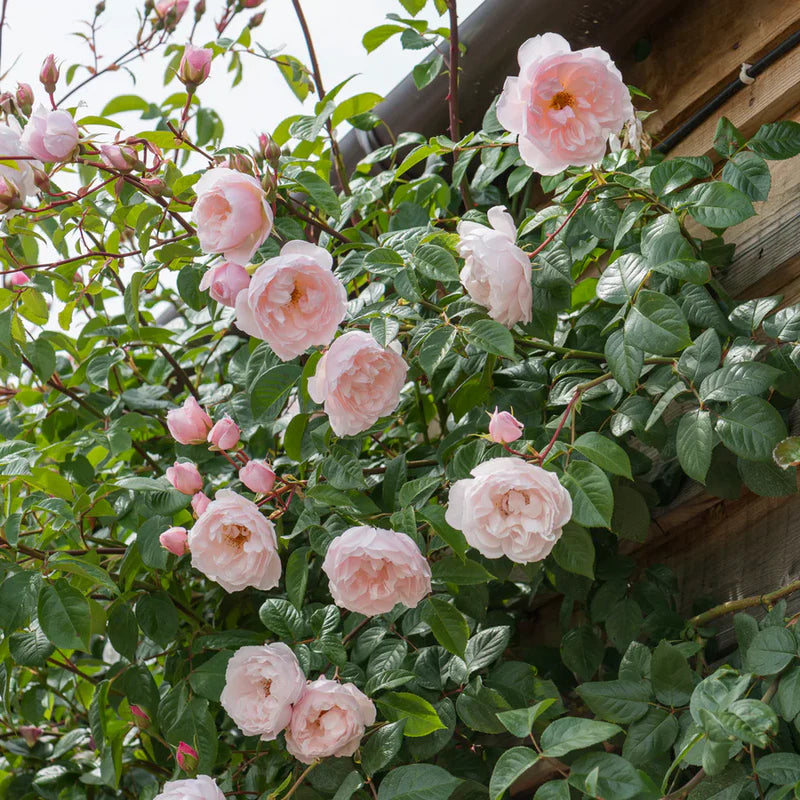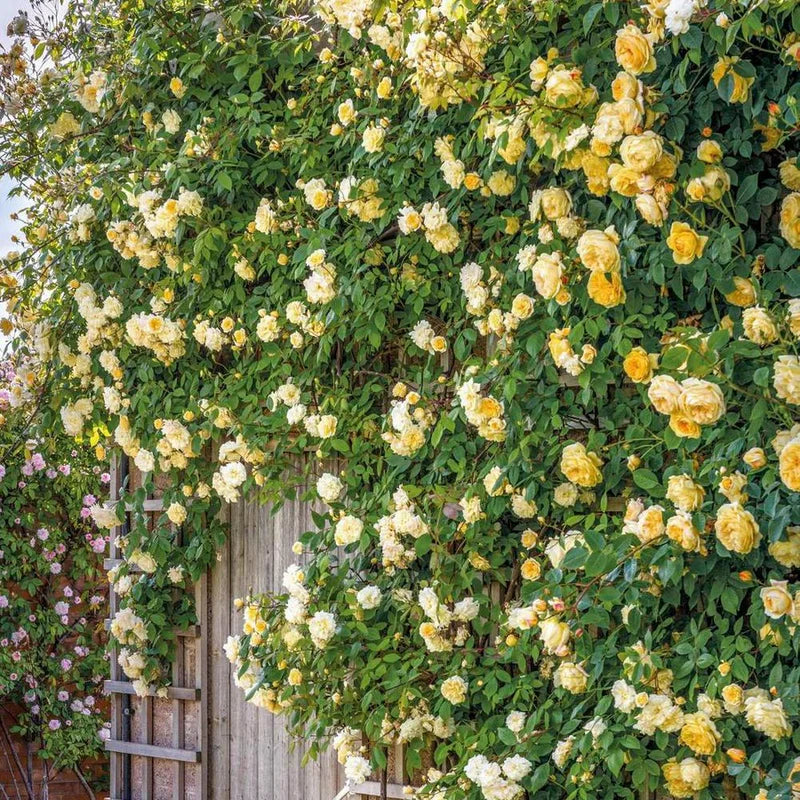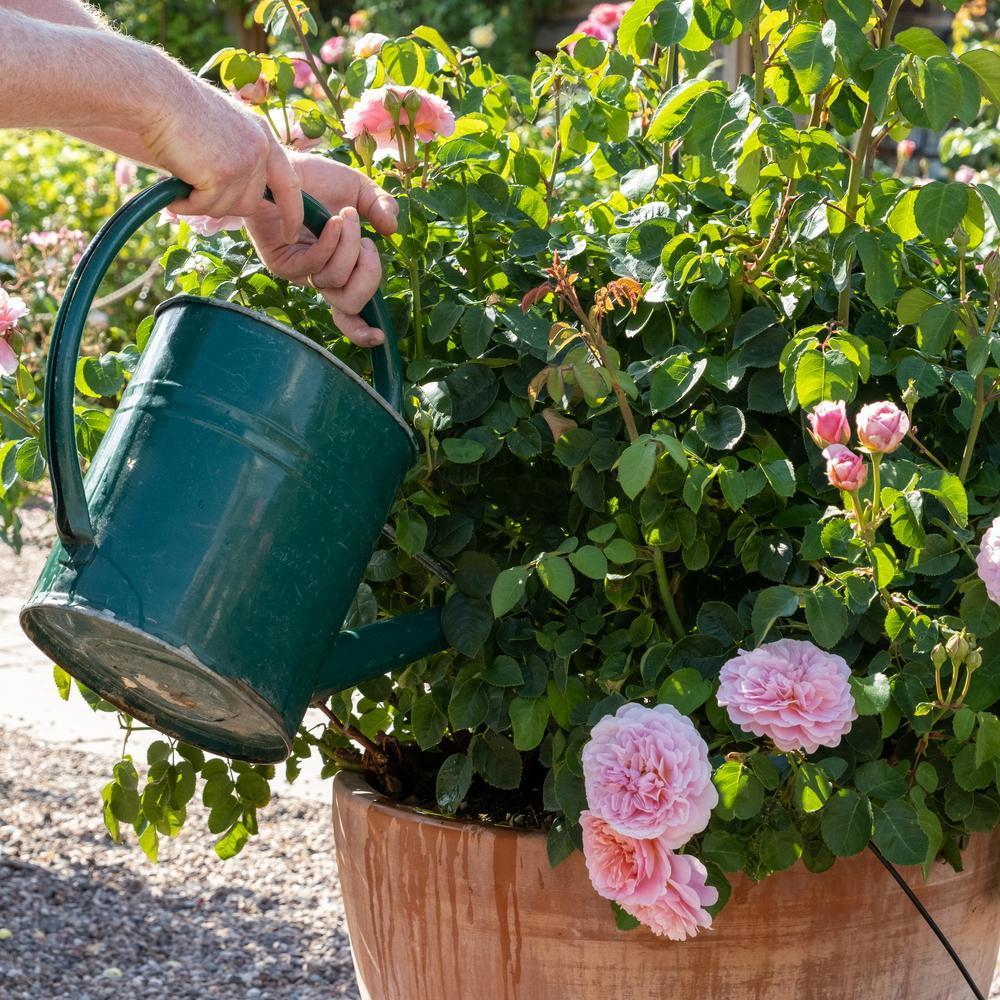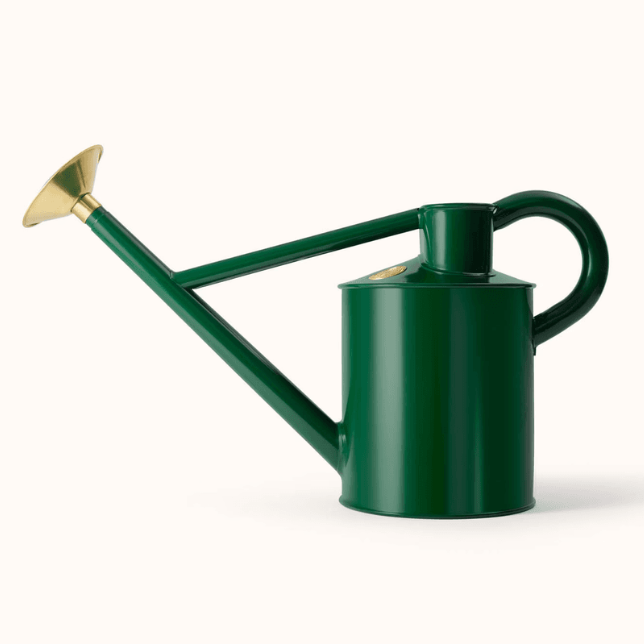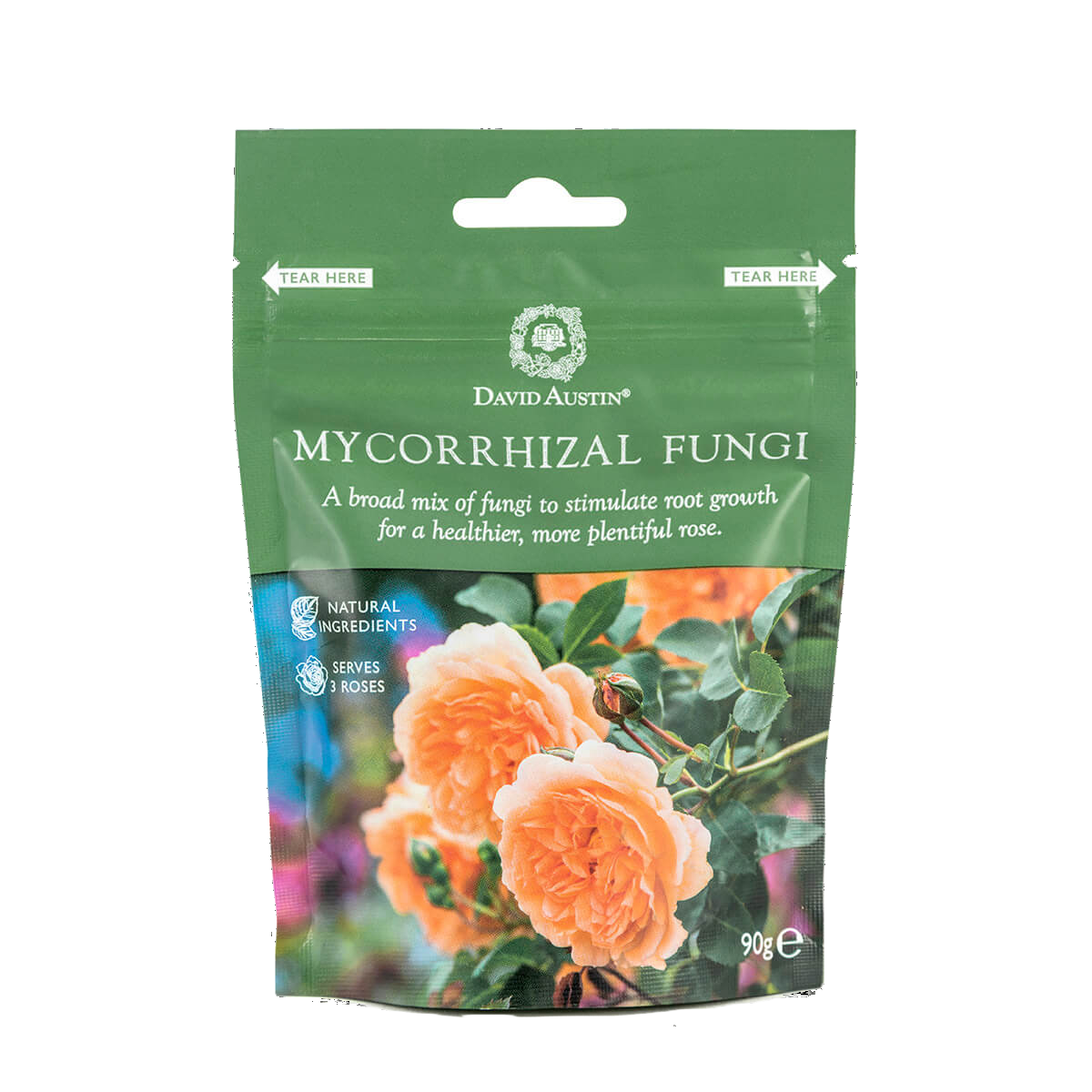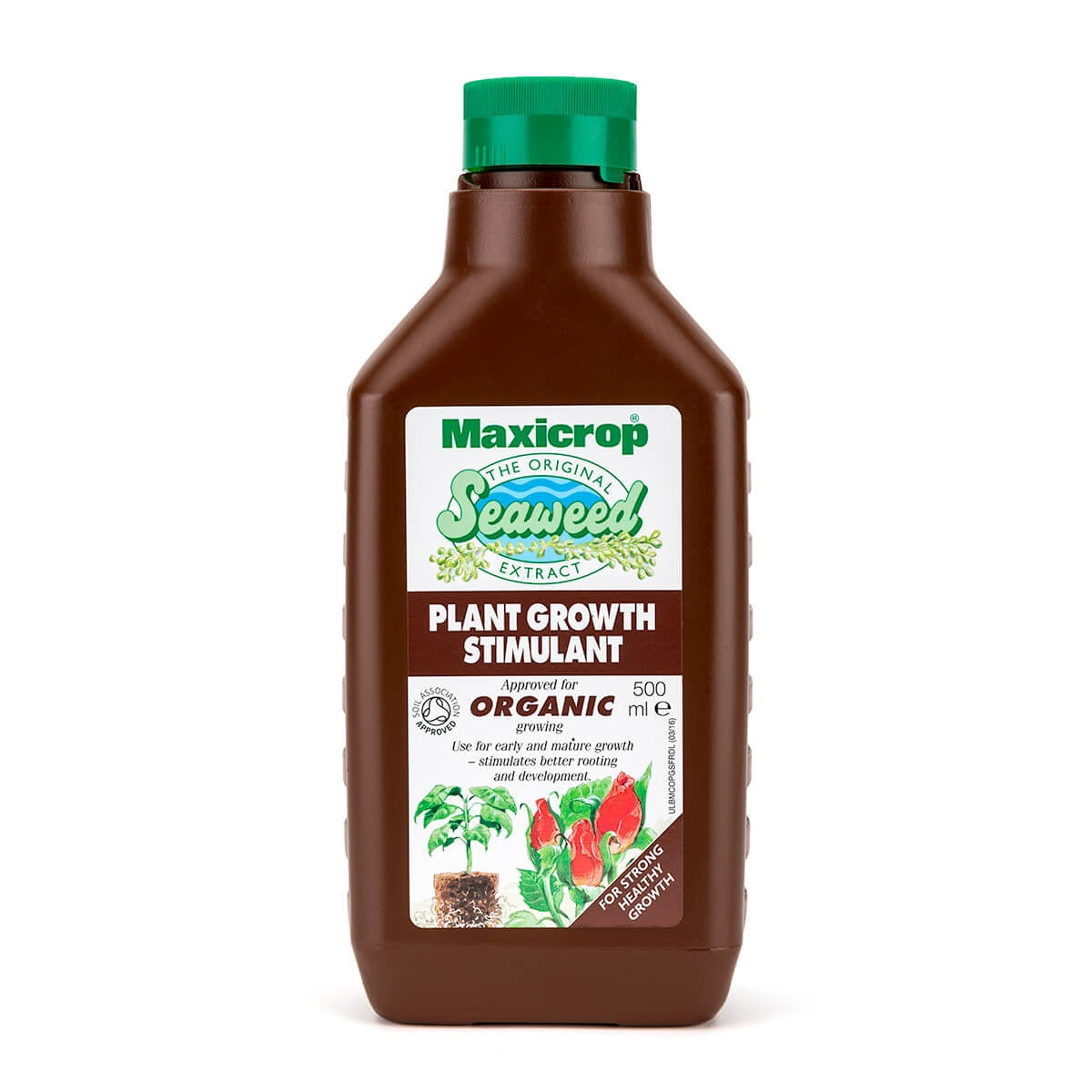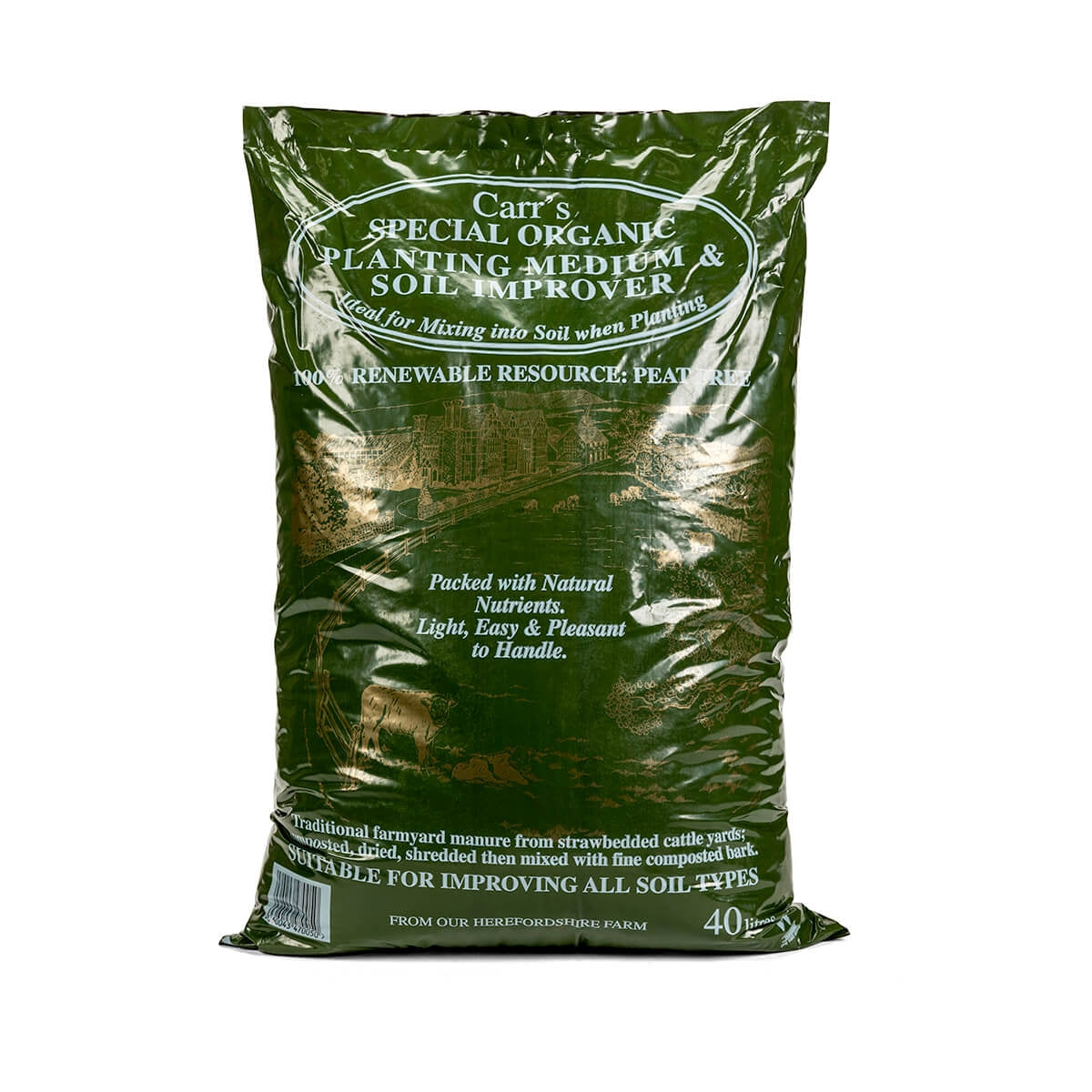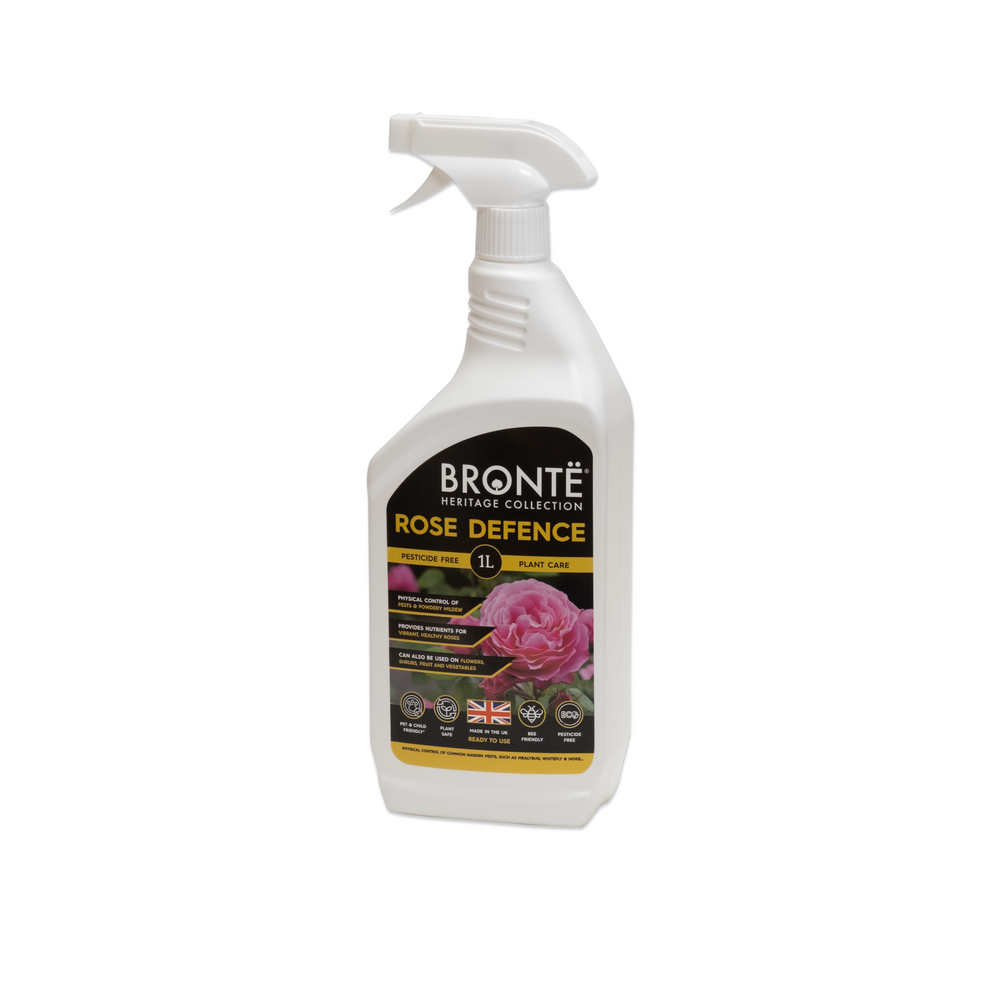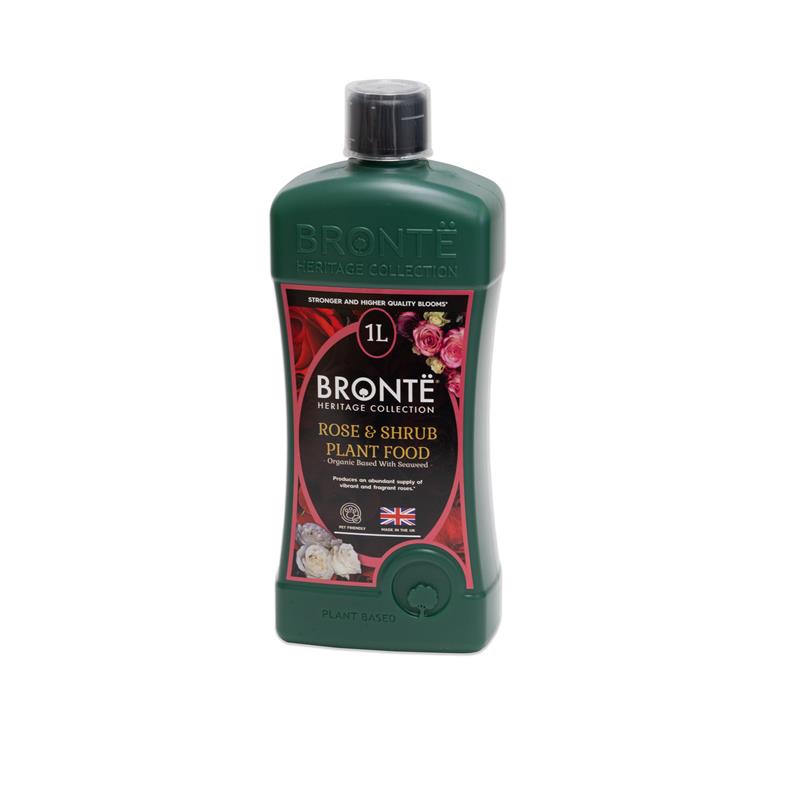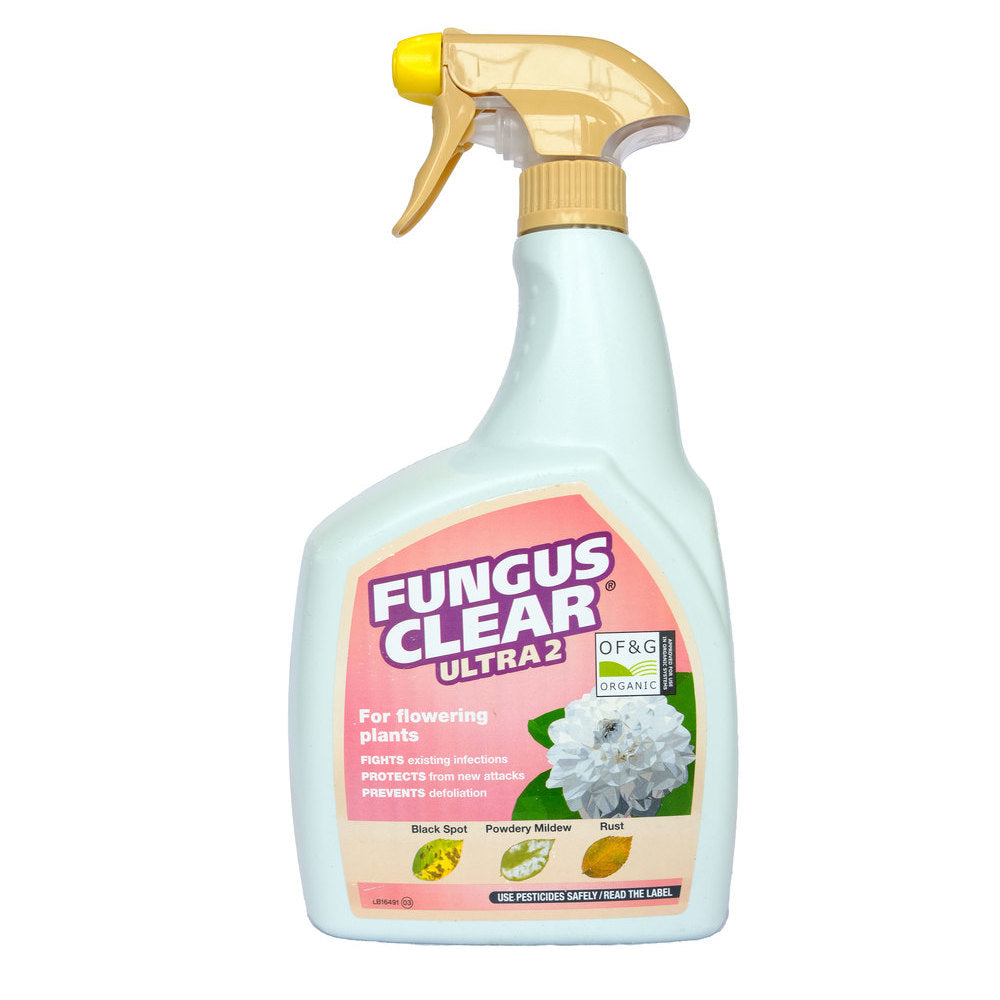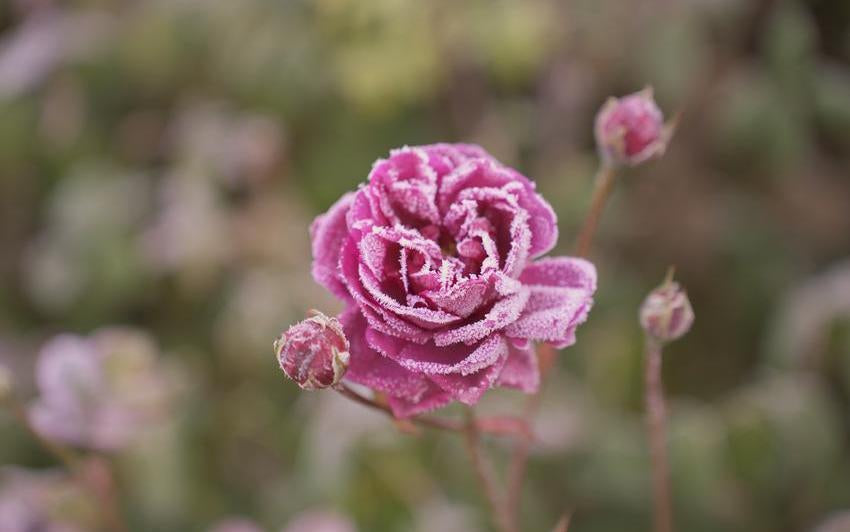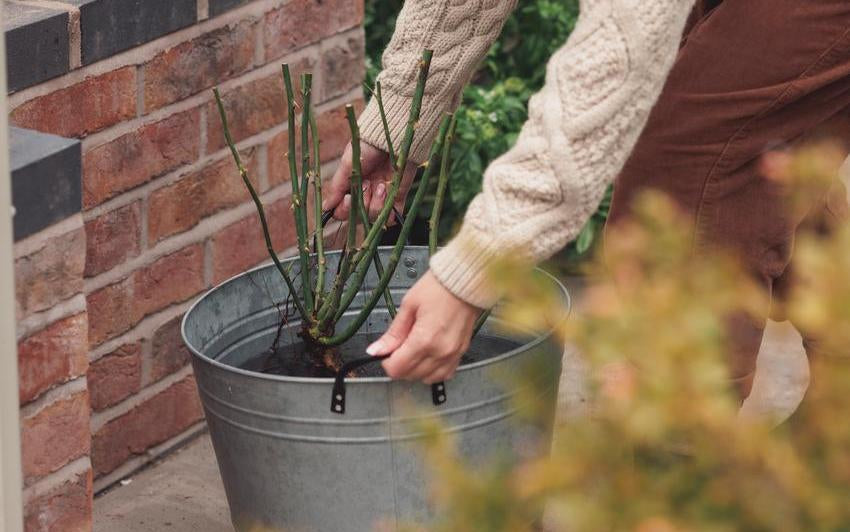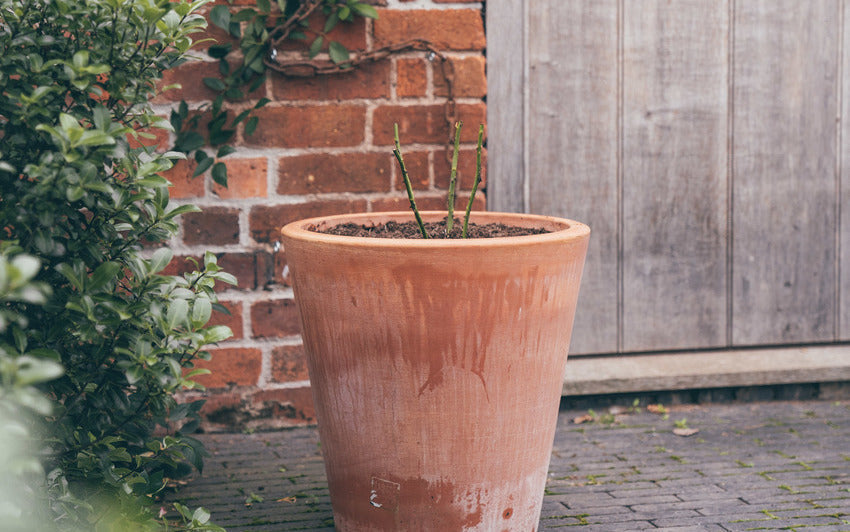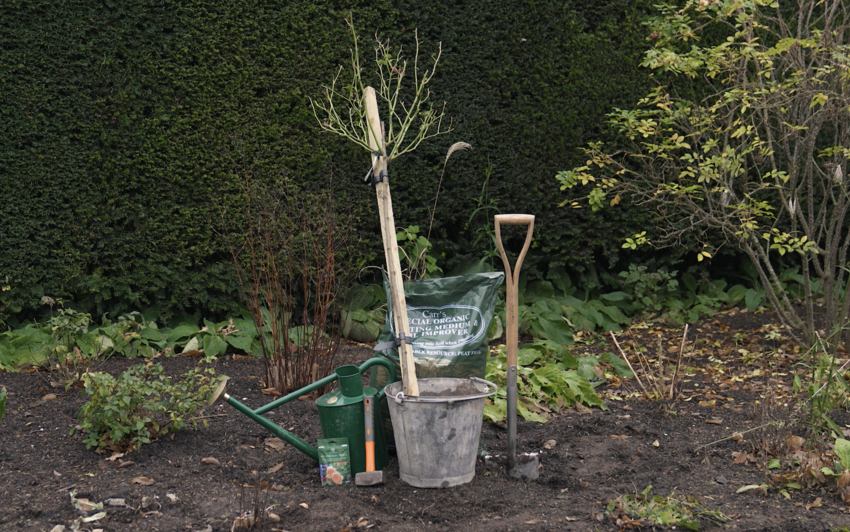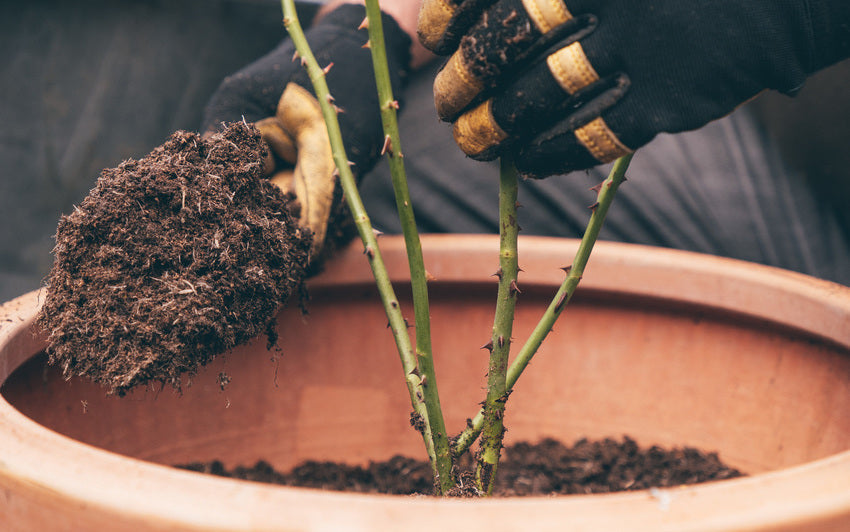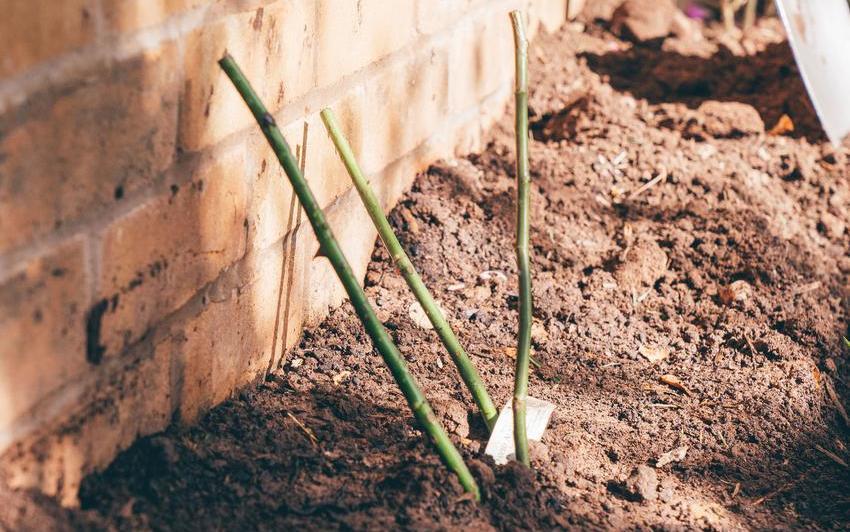How to Water Well: Roses in a Thirstier World
The Changing Shape of Summer
Summers no longer behave as they once did. The balance of sun and rain that shaped our gardens for generations is slipping, replaced by longer dry spells and more intense heat. The soil hardens, moisture disappears quickly, and even the most established plants begin to show signs of stress. Roses, for all their grace and vigour, are no exception. But while the weather is changing, so too can we adapt our approach, caring for our plants with greater awareness and intention.
Why Watering Matters More Than Ever
During heatwaves, roses lose moisture rapidly. Their flowers can wilt, the leaves may dull or curl, and growth may slow. The soil around them can dry out quickly, especially if it’s exposed, sandy or shallow. Good watering helps your rose stay strong through these challenges. It cools the roots, eases stress and allows the plant to keep growing even in difficult conditions. For roses planted this year, it’s especially important. Their roots are still developing, and they can’t yet reach water held deep in the soil.
Knowing When to Water
In hot weather, roses need regular, deep watering. For newly planted roses, this may mean every other day. For established roses, once or twice a week may be enough if the watering is thorough and the soil is well mulched. But it’s not about rigid schedules. The best way to know when to water is to check the soil. Dig down two or three inches with your fingers or a small trowel. If the soil feels dry at that depth, it’s time to water. And don’t be misled by a quick summer shower. It often doesn’t reach the roots. Look to your rose for signs. Wilting flowers, drooping stems or faded foliage are all signs that more water is needed.
Watering the Right Way
The key to watering well is to deliver water slowly, deeply and directly to the roots. This helps the rose make the most of it while reducing waste. Always water at the base. Avoid wetting the leaves and flowers, as this can lead to disease, particularly in warm, still conditions. Use a watering can or hose with a soft spray. A slow flow prevents soil from washing away and allows time for the water to soak in. If water starts to run off, stop and let it absorb. Then begin again. You can also form a shallow well around the base of each rose to hold the water where it’s needed. Aim to give each rose around 5 litres per watering, more if the plant is large or the soil is particularly free draining.
Compost: Your Best Ally in Hot Weather
Mulching is essential in summer. A layer of compost, well-rotted manure, leaf mould or bark around the base of your rose keeps the soil cool and slows down evaporation. It acts like a protective blanket, helping the soil retain moisture for longer. Apply a layer around 5–7cm thick, leaving a little space around the stem to avoid encouraging rot. Not only will it conserve water, it also enriches the soil and suppresses weeds.
Roses in Pots
Roses grown in containers are more vulnerable to heat and dry air. Their roots are limited to a small space, and the compost dries out quickly, especially in the sun or wind. Check them daily. In very hot weather, they may need watering morning and evening. Water thoroughly. Let the water run through until you see it draining from the base. Avoid letting compost dry out completely, especially with peat-free mixes, which can become difficult to re-wet.
Keep a close eye on stress signals. Curled leaves, drooping flowers or stunted growth may mean too little water. On the other hand, a musty smell or consistently damp compost could suggest too much.
If possible, avoid using black pots in full sun. They absorb heat quickly and can cause roots to overheat and dry out faster. Pale or reflective containers are better in hot conditions. Alternatively, group pots together or place them in the partial shade of taller plants to keep temperatures lower and reduce water loss.
Making the Most of Water
In a warming climate, every drop matters. Collect rainwater wherever possible. It’s natural, soft and free from treatment chemicals. During dry spells or hosepipe bans, greywater such as bath or washing-up water can be used as long as it’s free from harsh detergents.
Water in the early evening. This allows moisture to soak down to the roots overnight rather than evaporating in the heat of the day. Focus water directly onto the soil, not the plant. This avoids waste and helps protect against disease.
A Thoughtful Routine for Thriving Roses
In the heat of summer, your roses look to you. Not for lavish care, but for consistency and thought. With a little routine and attention, you can help them stay strong, healthy and beautiful, no matter how dry the weather becomes.

